Be Skeptical of Stock Buybacks
They don’t necessarily guarantee higher share prices for investors.
Berkshire Hathaway recently made headlines when it began buying shares of its own stock for the first time in company history. Berkshire is far from alone. Stock-repurchase programs have hit near-record highs, with buyback authorizations on track to reach $540 billion this year, according to Birinyi Associates. That would make 2011 the third-best year for buybacks.
The argument in favor of share repurchases goes like this: When a company buys and then retires outstanding shares, it drives up earnings per share and, in theory, should boost the share price. A buyback gives existing shareholders a larger cut of the profits, and hints to those thinking of purchasing new shares that company executives—the classic insiders—think their stock is undervalued.
But buybacks don’t always follow that mutually beneficial course. Some businesses stretch programs out for years, reducing the chances they’ll reach completion. Companies may wind up overpaying for their own stock. A buyback could have more to do with countering the dilution that accompanies issuing stock options to executives than with rewarding shareholders. Finally, critics argue that businesses should be reinvesting in the company or giving cash directly to shareholders by paying or raising dividends.
From just $107.88 $24.99 for Kiplinger Personal Finance
Become a smarter, better informed investor. Subscribe from just $107.88 $24.99, plus get up to 4 Special Issues

Sign up for Kiplinger’s Free Newsletters
Profit and prosper with the best of expert advice on investing, taxes, retirement, personal finance and more - straight to your e-mail.
Profit and prosper with the best of expert advice - straight to your e-mail.
These days, companies have to answer for cash hoards earning next to nothing. And companies don’t want to have to cut a dividend they can’t sustain, or lay off workers in a ramped-up business that stalls later on. Still, when corporate press releases gush about a buyback, savvy investors should approach the announcement with a healthy dose of skepticism.
Profit and prosper with the best of Kiplinger's advice on investing, taxes, retirement, personal finance and much more. Delivered daily. Enter your email in the box and click Sign Me Up.
Susannah Snider worked as a research-reporter and staff writer at Kiplinger Personal Finance Magazine. She went on to serve as managing editor for money at U.S. News, overseeing articles and content covering real estate, personal finance and careers. She is a certified financial planner professional and earned her CFP marks in 2019.
-
 What Science Reveals About Money and a Happy Retirement
What Science Reveals About Money and a Happy RetirementWhether you’re still planning or already retired, these research-based insights point the way to your best post-work life.
-
 7 Retirement Planning Trends: What They Mean for You in 2026
7 Retirement Planning Trends: What They Mean for You in 2026From government shutdowns to market swings, the past 12 months have been nothing if not eventful. The key trends can help you improve your own financial plan.
-
 What Defines Wealth? A Christmas Tale of Legacy vs Possession
What Defines Wealth? A Christmas Tale of Legacy vs PossessionThe tale of Good King Wenceslas shows that true wealth is built through generosity, relationships and the courage to act kindly no matter what.
-
 Best Banks for High-Net-Worth Clients
Best Banks for High-Net-Worth Clientswealth management These banks welcome customers who keep high balances in deposit and investment accounts, showering them with fee breaks and access to financial-planning services.
-
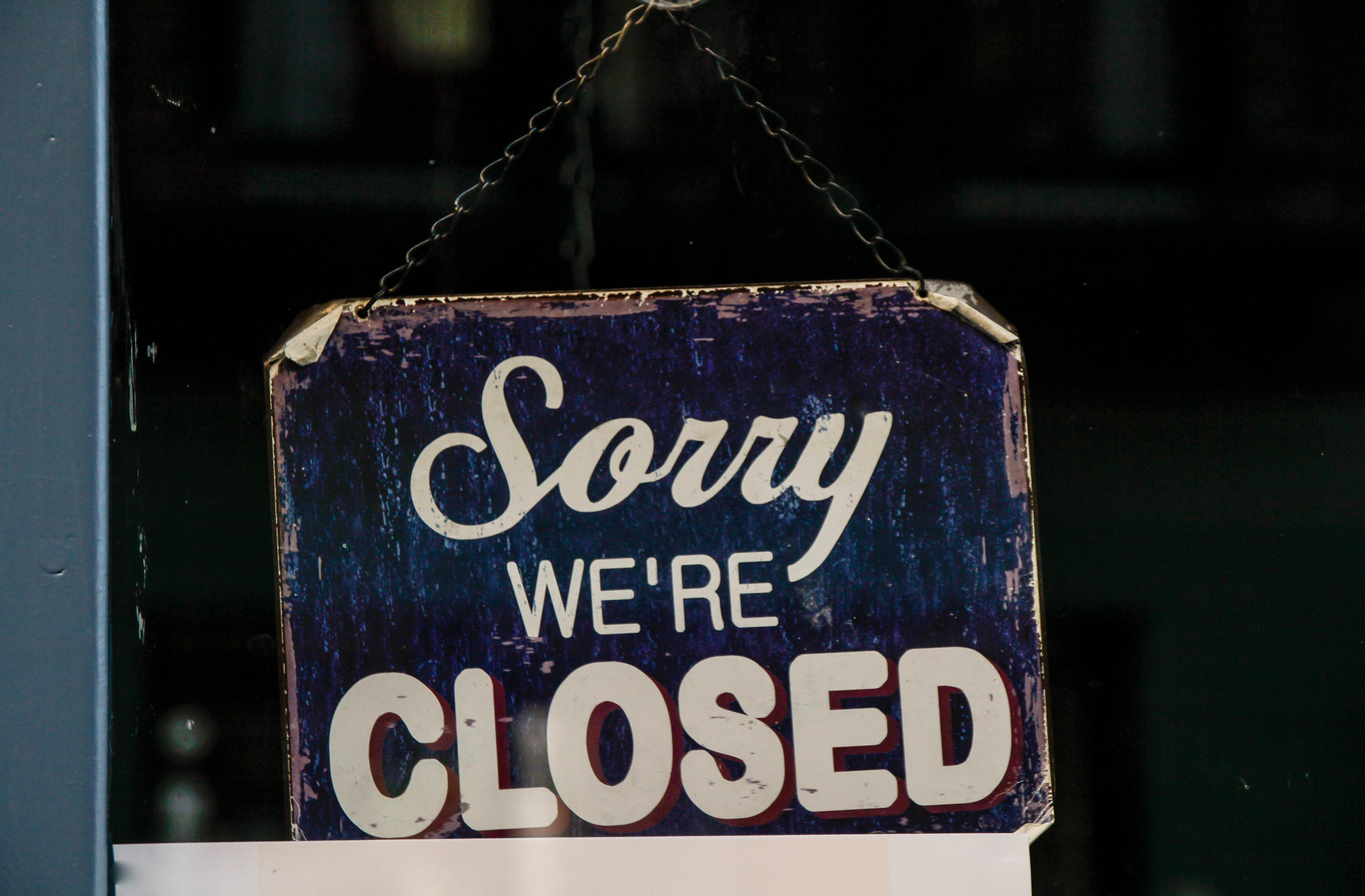 Stock Market Holidays in 2025 and 2026: NYSE, NASDAQ and Wall Street Holidays
Stock Market Holidays in 2025 and 2026: NYSE, NASDAQ and Wall Street HolidaysMarkets When are the stock market holidays? Here, we look at which days the NYSE, Nasdaq and bond markets are off in 2025 and 2026.
-
 Stock Market Trading Hours: What Time Is the Stock Market Open Today?
Stock Market Trading Hours: What Time Is the Stock Market Open Today?Markets When does the market open? While the stock market has regular hours, trading doesn't necessarily stop when the major exchanges close.
-
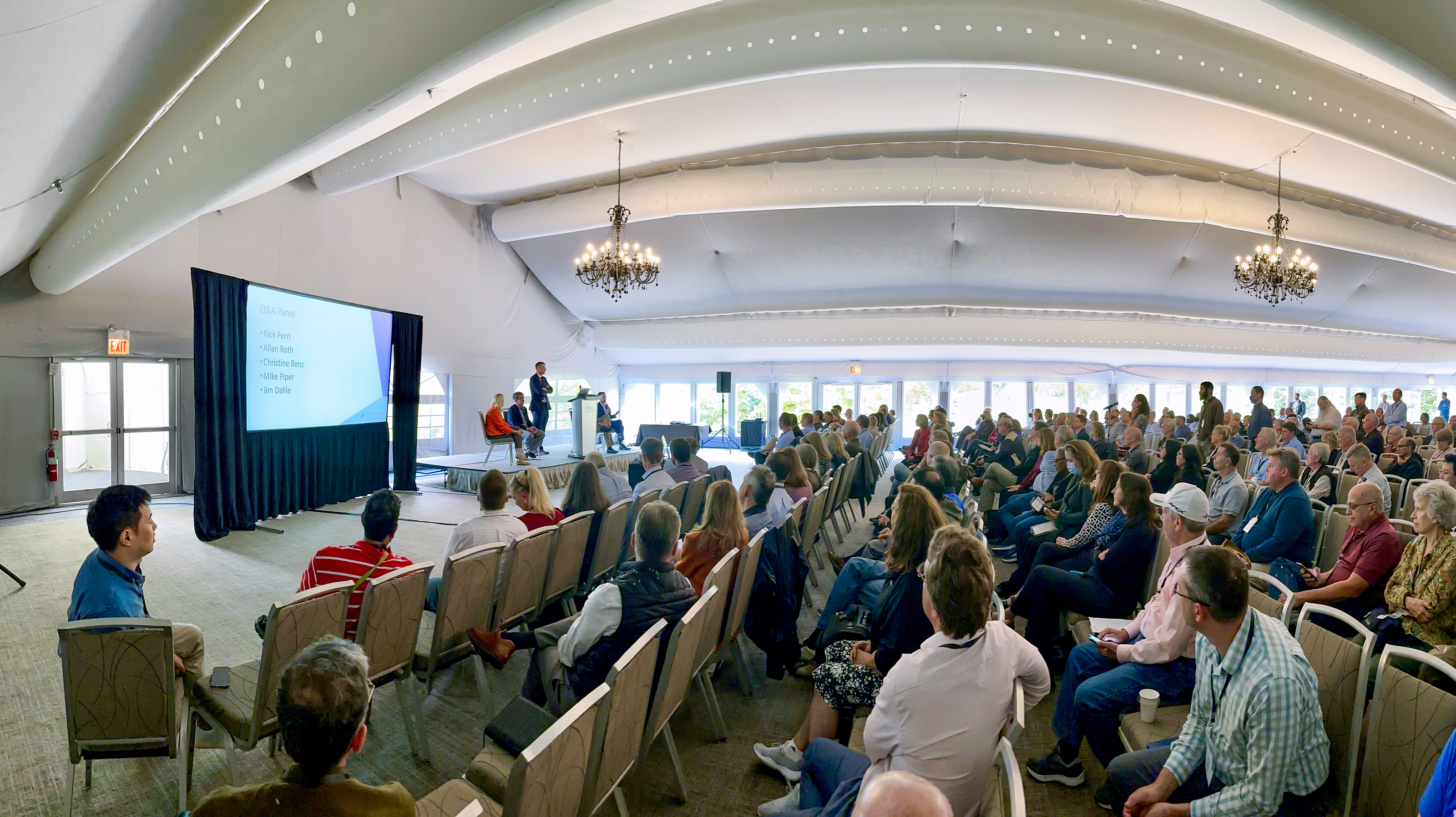 Bogleheads Stay the Course
Bogleheads Stay the CourseBears and market volatility don’t scare these die-hard Vanguard investors.
-
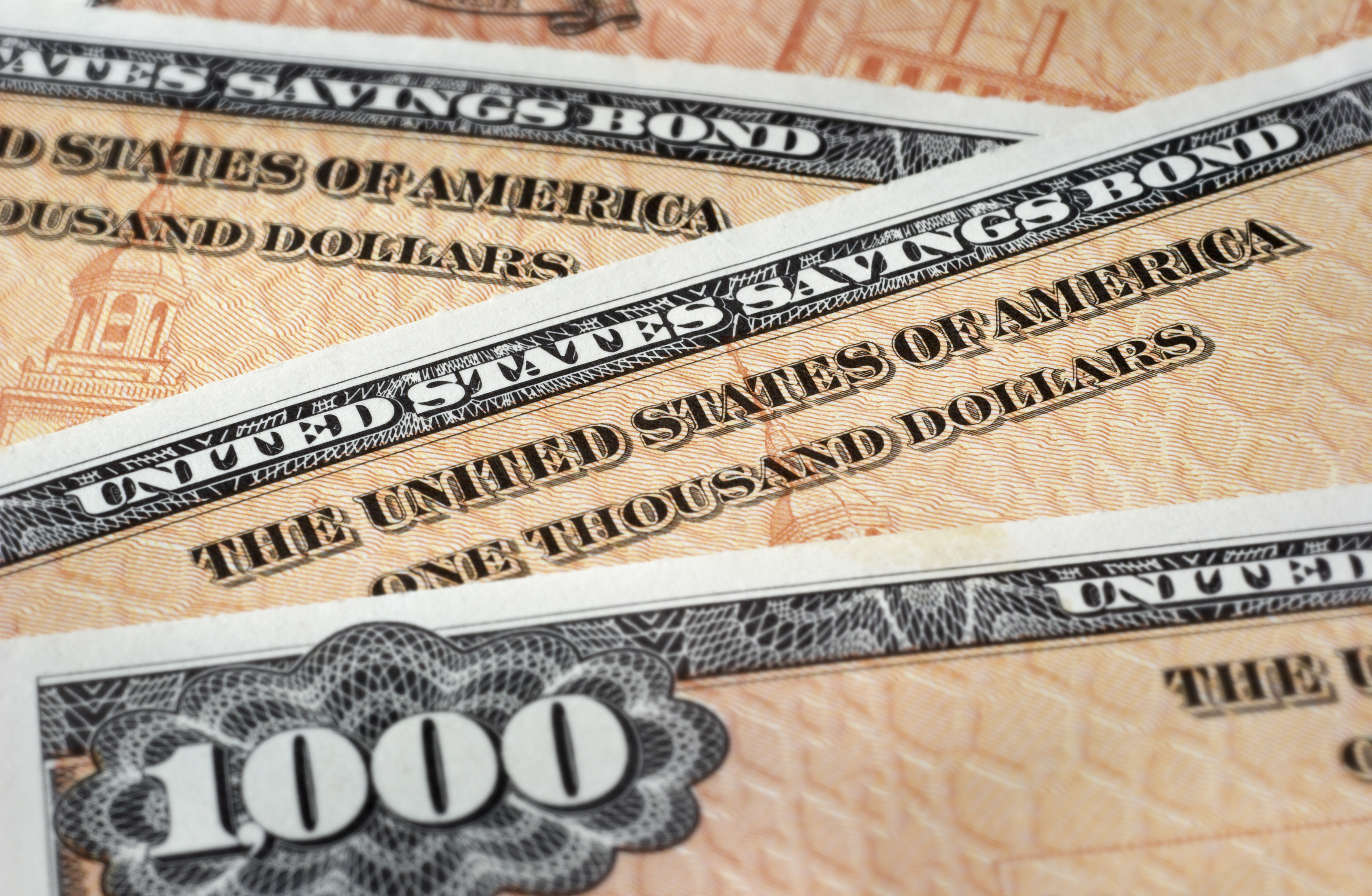 The Current I-Bond Rate Is Mildly Attractive. Here's Why.
The Current I-Bond Rate Is Mildly Attractive. Here's Why.Investing for Income The current I-bond rate is active until April 2026 and presents an attractive value, if not as attractive as in the recent past.
-
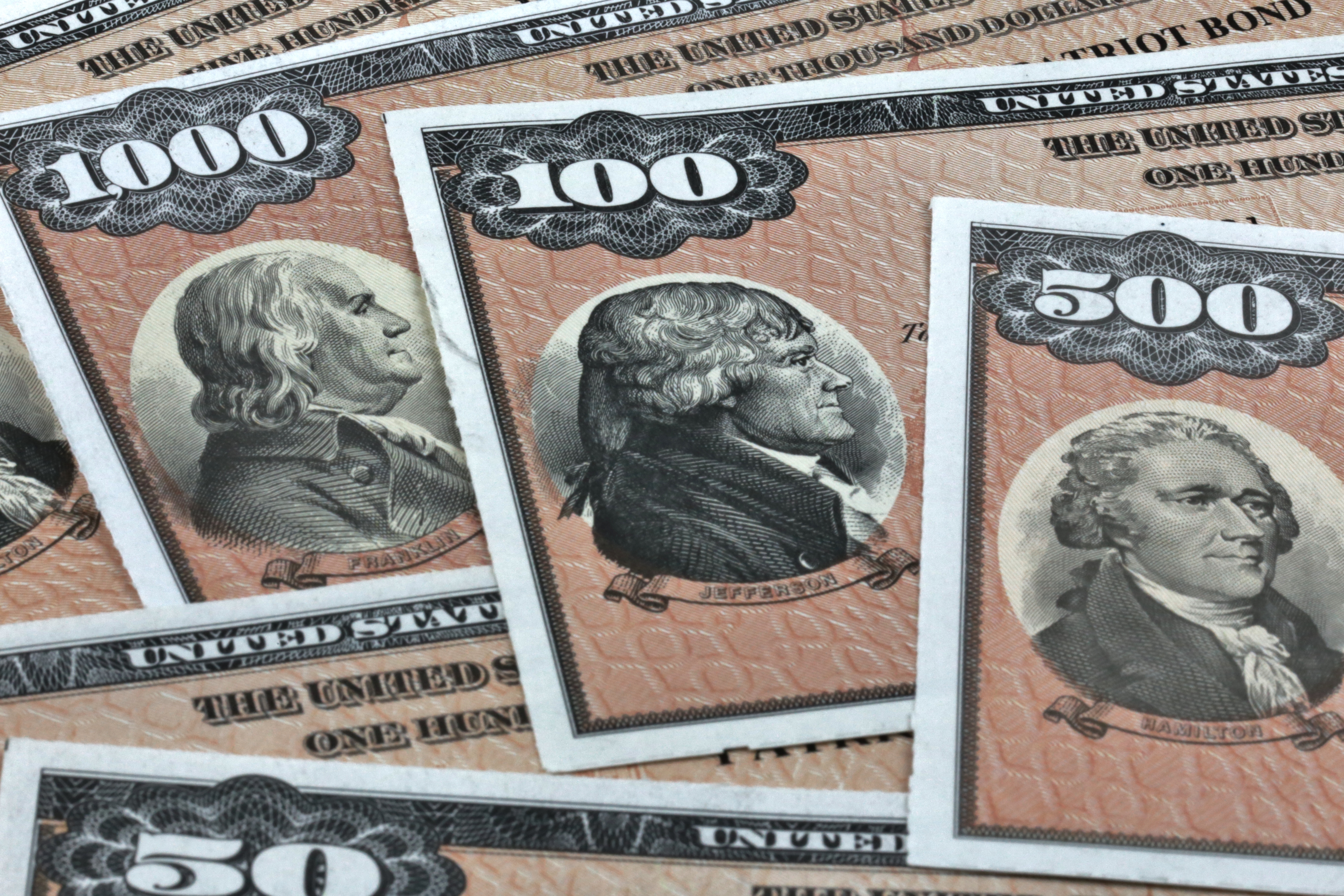 What Are I-Bonds? Inflation Made Them Popular. What Now?
What Are I-Bonds? Inflation Made Them Popular. What Now?savings bonds Inflation has made Series I savings bonds, known as I-bonds, enormously popular with risk-averse investors. How do they work?
-
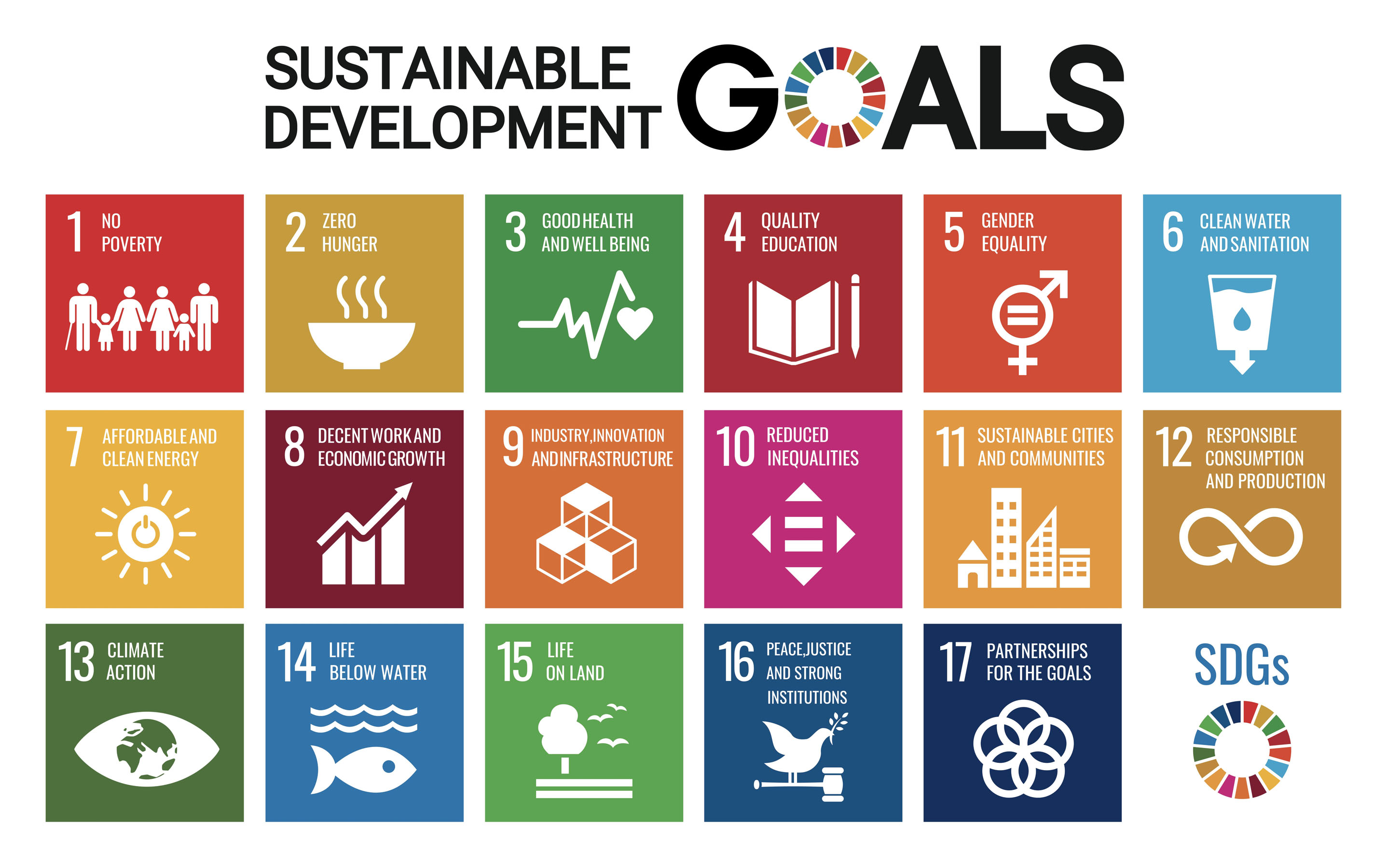 This New Sustainable ETF’s Pitch? Give Back Profits.
This New Sustainable ETF’s Pitch? Give Back Profits.investing Newday’s ETF partners with UNICEF and other groups.
-
 As the Market Falls, New Retirees Need a Plan
As the Market Falls, New Retirees Need a Planretirement If you’re in the early stages of your retirement, you’re likely in a rough spot watching your portfolio shrink. We have some strategies to make the best of things.